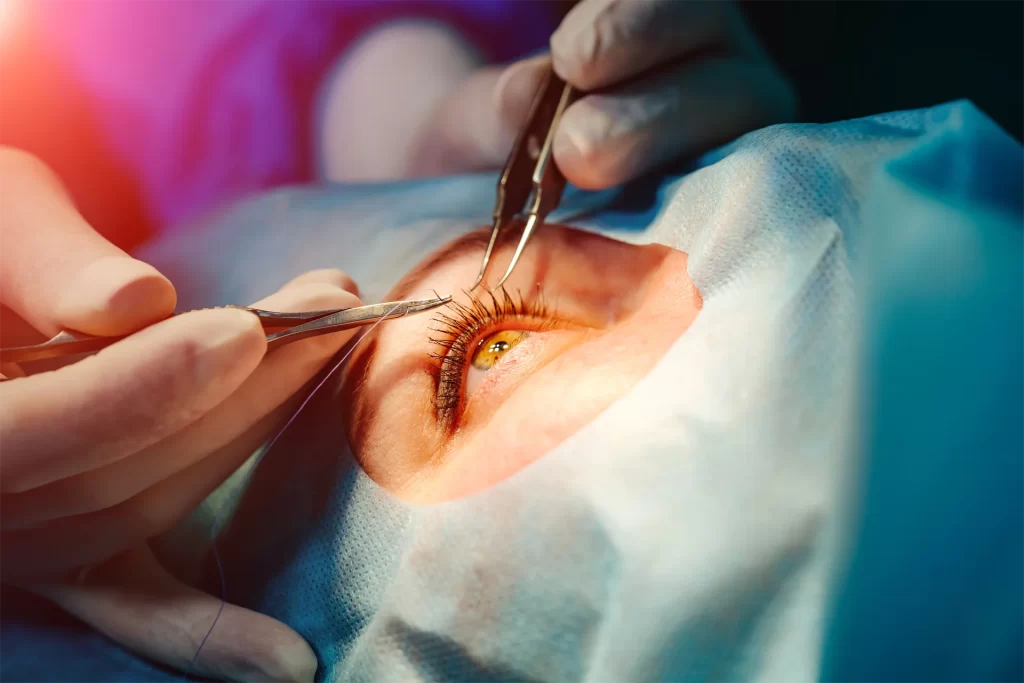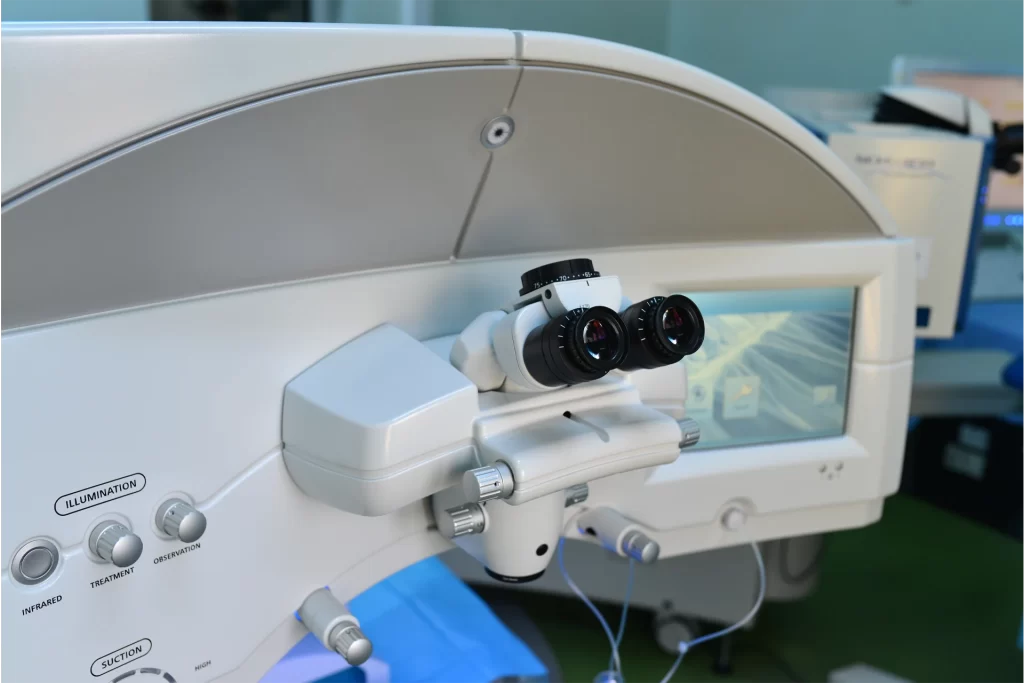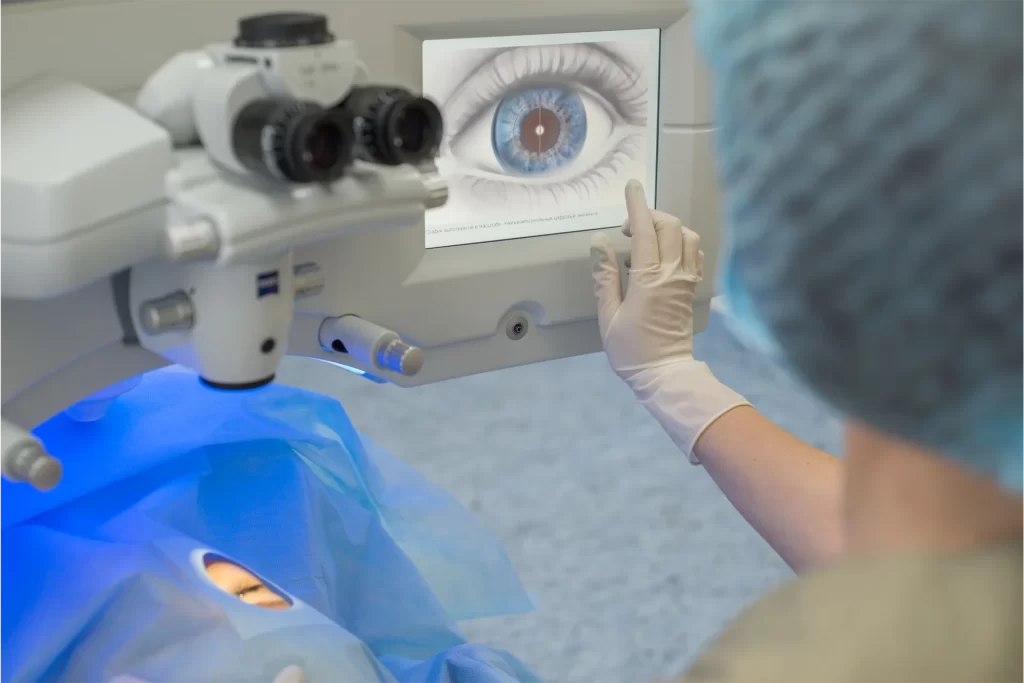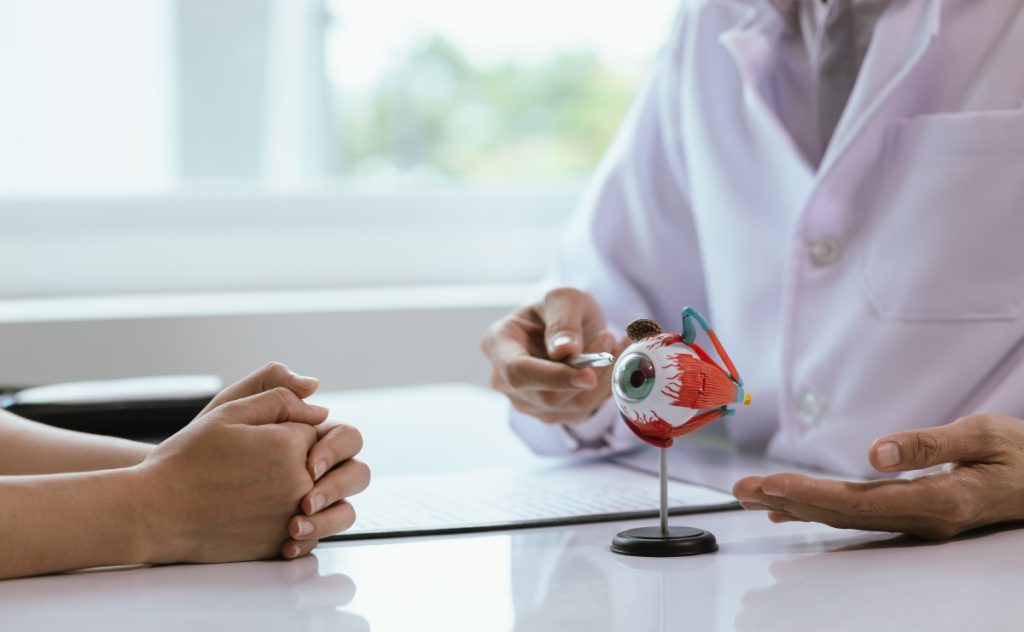
Femtosecond laser cataract surgery is an advanced method to removing cataracts. It employs a femtosecond laser to create precise corneal incisions, shape the capsulotomy, and fragment the cataract before removal.
Unlike traditional cataract surgery, which relies on manual incisions with a surgical knife, laser-assisted surgery allows for the bladeless removal of cataracts. By minimising reliance on handheld instruments, laser-assisted surgery offers enhanced accuracy and reduced risks, resulting in a more controlled and predictable outcome.
While femtosecond laser surgery is suitable for most patients with cataracts, it may not be suitable nor necessary for everyone. Factors to consider include the patient’s eye anatomy, type of cataract, and other factors. Candidates should have relatively healthy corneas, normal eye pressure, and no severe eye conditions, such as advanced glaucoma or uncontrolled retinal diseases.
While traditional cataract surgery is also very safe with high success rates, femtosecond laser surgery – or bladeless cataract surgery – offers benefits such as:


If you are deemed eligible for femtosecond cataract surgery, your ophthalmologist will evaluate your eye anatomy and take detailed measurements to plan the treatment. Our specialists will also discuss your intraocular lens (IOL) options and help you select the best lens to match your needs. Additionally, you will be given specific pre-op instructions to minimise risks during the procedure.
Femtosecond laser cataract surgery is typically done on an outpatient basis. During the procedure, local anaesthesia will be given to ensure patient comfort. Afterwards, a corneal incision will be made using a programmed laser technology. The laser will then create a highly precise opening in the capsule bag (capsulotomy) to allow access to the clouded lens. Then, the cataracts will be fragmented into small pieces and removed. Finally, the IOL will be implanted. The entire procedure can take around 20-30 minutes to complete.
After the procedure, you will be sent to a recovery area for about an hour for monitoring before being cleared for discharge. Your ophthalmologist will give you an eye patch or protective shield to protect your eyes as you recover. Additionally, eye drops or other medications will be provided to prevent infection, control eye pressure, and reduce inflammation. It is common to experience blurry vision, itching, and mild discomfort for a few days after the procedure. Most patients can see clearly within 1-2 weeks, although full recovery may take around 2-3 months.
Follow-up appointments are crucial to monitor your recovery. Your ophthalmologist will schedule post-surgical check-ups to ensure that you are recovering well.

At Lumin Eye Specialists, Dr Don Pek and Dr Clarissa Cheng is skilled in performing the femtosecond laser procedure for eligible patients, ensuring a high level of precision and safety. With a commitment to comfort and convenience, we use advanced equipment and tailor each treatment plan for optimal outcomes.
As cataract surgery may cause temporary vision changes, it is recommended to treat one eye at a time. Generally, the second eye will be treated around 2-6 weeks after the first surgery, allowing the first eye to recover prior to the next surgery.
No, cataracts cannot return after surgery as the artificial intraocular lens cannot grow a cataract. However, some patients may develop posterior capsular opacification (PCO), causing blurred vision. A simple YAG laser procedure can address PCO and prevent its recurrence.
The cost of laser cataract surgery may vary depending on several factors, such as the surgeon's fees, the technology used, the type of intraocular lens, and other fees. In Singapore, cataract surgery is covered by Medisave and insurance. For a detailed cost estimate, please contact us at 6266 2088 today.
For a detailed eye assessment or personalised recommendations on treatment, reach out to us – We look forward to bringing back the light into your life.
Bus services (bus stop 13019): 7, 75, 77, 105, 106, 123, 174, 174E
For more information on shuttle services and parking, please refer to this link (https://www.gleneagles.com.sg/plan-your-visit/getting-here).